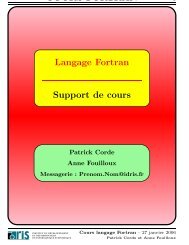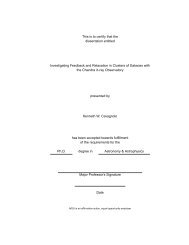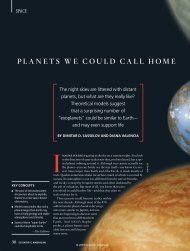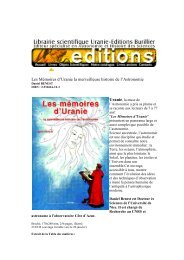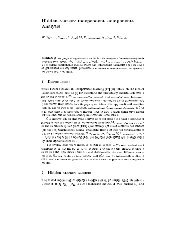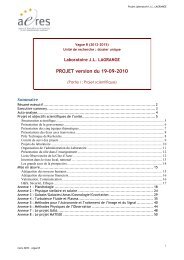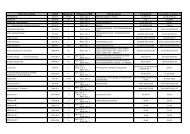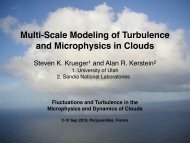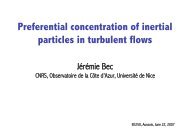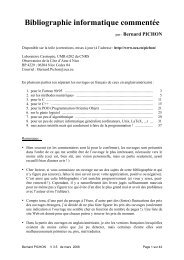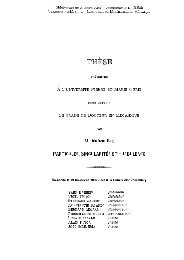ââLearning about the degree of aqueous alteration of NEOs from ...
ââLearning about the degree of aqueous alteration of NEOs from ...
ââLearning about the degree of aqueous alteration of NEOs from ...
You also want an ePaper? Increase the reach of your titles
YUMPU automatically turns print PDFs into web optimized ePapers that Google loves.
CONCLUSIONS<br />
• Laboratory analyses <strong>of</strong> <strong>the</strong> reflectance <strong>of</strong> Antarctic CCs provide useful<br />
information for remote characterization <strong>of</strong> <strong>the</strong> presumably complex<br />
surface <strong>of</strong> Marco Polo-R and Osiris-Rex missions<br />
– IR spectra provide very significant features and absorption bands that have<br />
direct application:<br />
• The depth <strong>of</strong> <strong>the</strong> OH bands are directly related with <strong>the</strong> extent <strong>of</strong> <strong>aqueous</strong> <strong>alteration</strong>: how much<br />
water is bounded in phyllosilicates<br />
• The distinctive features allow to make reasonable distinction <strong>of</strong> <strong>the</strong> different surface<br />
mineralogy (if it is a complex breccia)<br />
• Consequently, IR spectroscopy <strong>of</strong> <strong>the</strong> target in a small scale is essential for sampling pristine<br />
carbonaceous materials (Marco Polo-R goal)<br />
– Carbon-rich asteroids are sources <strong>of</strong> all biogenic elements and have minerals<br />
that probably syn<strong>the</strong>sized complex organics (Martins, 2011):<br />
• Some features <strong>of</strong> <strong>the</strong> most abundant organics are also identifiable by using high-res IR spectra<br />
• We thank NASA Meteorite Working group and JSC curators for<br />
providing us with <strong>the</strong> samples to complete <strong>the</strong>se analyses.



